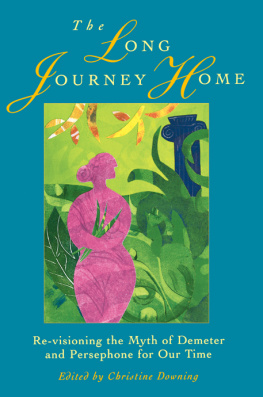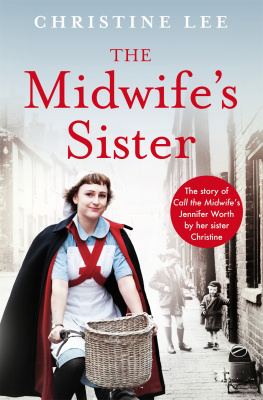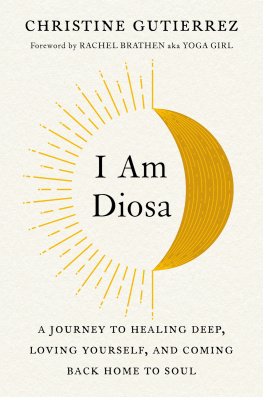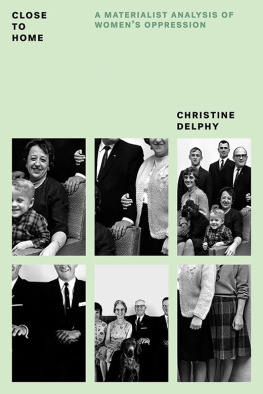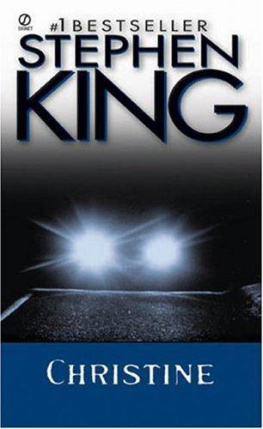Christine M. McWayne - Ethnocultural Diversity and the Home-to-School Link
Here you can read online Christine M. McWayne - Ethnocultural Diversity and the Home-to-School Link full text of the book (entire story) in english for free. Download pdf and epub, get meaning, cover and reviews about this ebook. year: 2019, publisher: Springer International Publishing, genre: Home and family. Description of the work, (preface) as well as reviews are available. Best literature library LitArk.com created for fans of good reading and offers a wide selection of genres:
Romance novel
Science fiction
Adventure
Detective
Science
History
Home and family
Prose
Art
Politics
Computer
Non-fiction
Religion
Business
Children
Humor
Choose a favorite category and find really read worthwhile books. Enjoy immersion in the world of imagination, feel the emotions of the characters or learn something new for yourself, make an fascinating discovery.
- Book:Ethnocultural Diversity and the Home-to-School Link
- Author:
- Publisher:Springer International Publishing
- Genre:
- Year:2019
- Rating:4 / 5
- Favourites:Add to favourites
- Your mark:
- 80
- 1
- 2
- 3
- 4
- 5
Ethnocultural Diversity and the Home-to-School Link: summary, description and annotation
We offer to read an annotation, description, summary or preface (depends on what the author of the book "Ethnocultural Diversity and the Home-to-School Link" wrote himself). If you haven't found the necessary information about the book — write in the comments, we will try to find it.
Ethnocultural Diversity and the Home-to-School Link — read online for free the complete book (whole text) full work
Below is the text of the book, divided by pages. System saving the place of the last page read, allows you to conveniently read the book "Ethnocultural Diversity and the Home-to-School Link" online for free, without having to search again every time where you left off. Put a bookmark, and you can go to the page where you finished reading at any time.
Font size:
Interval:
Bookmark:
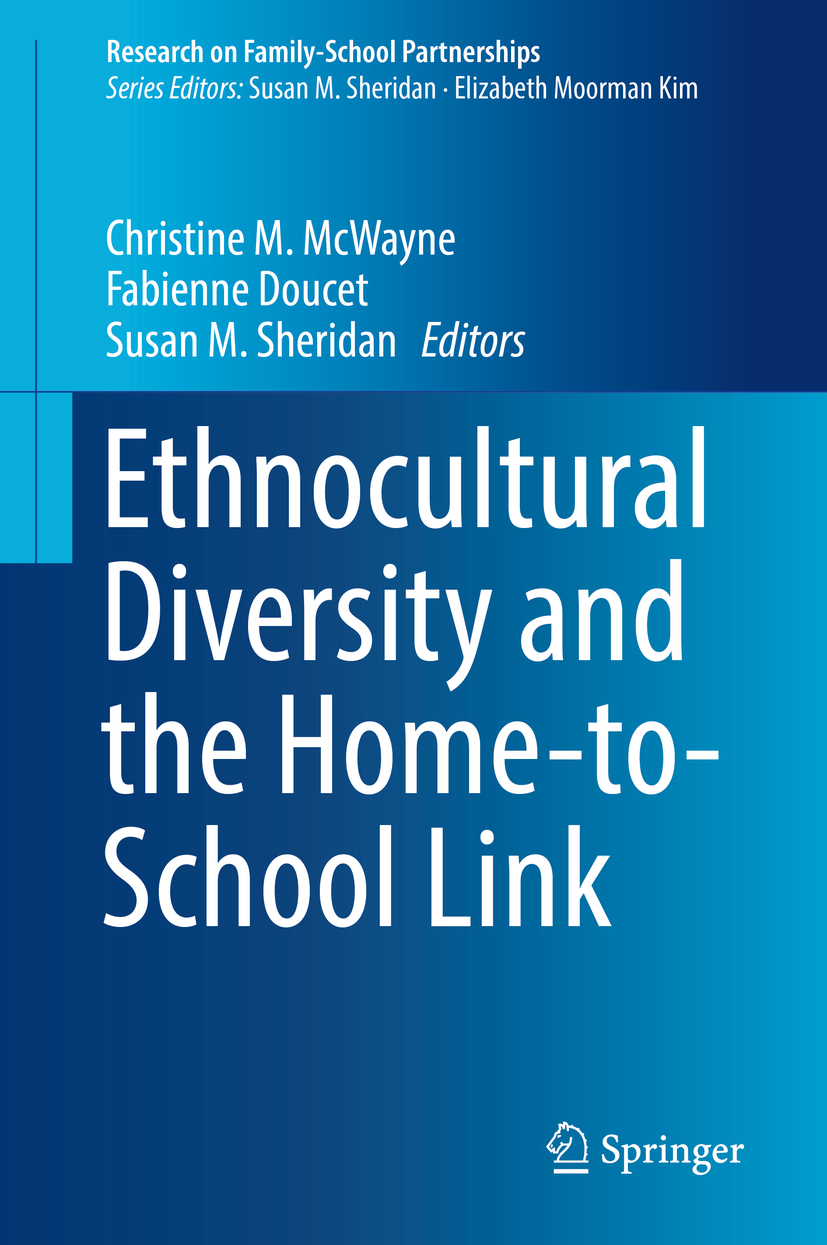
More information about this series at http://www.springer.com/series/11737

This Springer imprint is published by the registered company Springer Nature Switzerland AG
The registered company address is: Gewerbestrasse 11, 6330 Cham, Switzerland
This volume is dedicated to the children and families who have struggled to see their humanity and their power respected in US schools today. We hope that they will see something of their lived experiences represented here.
And, to our families, who teach us daily about the critical importance of setting aside our own lenses to really see and hear one another:
Nathan, Addison, and Emme
Brent, Jean-Luc, and Soraya
Steve, Erin, and Keevan
Family-school partnerships (also referred to as home-school partnerships) are a salient theme in discussions of student learning, schooling, and well-being. The discussions build upon an assumption regarding families responsibilitiesi.e., that parents and families will support children to become ready to learn and succeed in school. New conceptualizations of the role of schools over the past 30 years increasingly raise questions about an equally perennial question: What are the responsibilities of schools to be prepared for the students and families whom they are charged to serve?
This edited volume offers a critical perspective on a broad range of issues that respond to this question. It achieves this in two ways. First, it positions the concept of partnership in relation to how schools engage parents and families in the acts, content, and processes of schooling. Second, it makes the case for schools and teachers to become deliberate in learning from families, understand their diversity or what I have described as family cultures (Gadsden, 1998), and build upon the beliefs and practices that families hold as most valued (see National Academies of Sciences, 2016). Penetrating in its analyses and intellectually textured, this volume does more than argue for the importance of families in childrens learning. It challenges research and practice on family-school linkages that have been constrained in their ability to capture the range of possibilities that can promote smooth transitions between and across the major contexts that shape students day-to-day learning and experiences. The individual chapters of the volume and the paradigm that drives it not only examine the unique dimensions of these transitions but also suggest approaches to advancing frameworks that are assertive in their attention to ethnicity, culture, race, and class. They build upon social ecological theories that highlight the bidirectionality of learning, but they call upon several other relevant theoretical analyses as well.
In particular, the editors and authors describe the need for a shift in the focus on schools as the primary repositories of learning to a focus on homes as similarly rich contexts for learning and as sources of knowledge about the abilities, wisdom, and strengths that children and families bring to schools and schooling. As the editors and authors suggest, such a shift will require embracing different methodologies and approaches to practice and formulating policies that enhance efforts and options to enter into and sustain dialogue with parents and families. In proposing to flip the script, the editors ask that schools reclaim their commitments to address the needs of the whole child (see Fantuzzo, LeBoeuf, & Rouse, 2014). They also urge readers to redirect our attention to unpacking how schools promote learning and how home and family inspire and motivate children to learn. This expansive conceptualization suggests that family-school partnerships require a deep commitment by educators, researchers, and policymakers to understand parents on their own terms and in ways that elevate them as resources for their children and for their childrens teachers.
The debates regarding families and their involvement in childrens learning have a long, complex history, particularly around race/ethnicity, culture, and poverty. Among the most contentious discussions were those that occurred in relation to Black children and families in the 1960s. Researchers, across fields, in the aftermath of the Civil Rights Movement, responded with mixed results from controversial studies and reports. One of the most widely known was the Moynihan Report (1965), which described the poverty and discrimination that Black families were enduring as creating a cycle of pathology and leading to entrenched deficits in their ability to support their children. Schools were seen as a last hope for these children, and families were seen as obstacles that schools had to overcome, not as assets to embrace and support.
Over the next four decades, several strides were made. Research on student learning (e.g., literacy and early childhood development) increasingly highlighted the social dimensions of learning, sociocultural theory, and family development and family processes. In the 1980s, research on school-family-community partnerships, including Epsteins typology (Epstein, 2001), was taking form. Most of the literature largely focused on how schools might engage parents and reaffirmed the school as the primary site for learning and parent involvement. Almost all school reform efforts during this time began integrating issues of family involvement and family engagement, a practice that continues today in school district offices of family involvement. One point of distinction was that the relationship still privileged schools as the source of power, evident in the reference to school-family connections or partnerships.
Font size:
Interval:
Bookmark:
Similar books «Ethnocultural Diversity and the Home-to-School Link»
Look at similar books to Ethnocultural Diversity and the Home-to-School Link. We have selected literature similar in name and meaning in the hope of providing readers with more options to find new, interesting, not yet read works.
Discussion, reviews of the book Ethnocultural Diversity and the Home-to-School Link and just readers' own opinions. Leave your comments, write what you think about the work, its meaning or the main characters. Specify what exactly you liked and what you didn't like, and why you think so.



